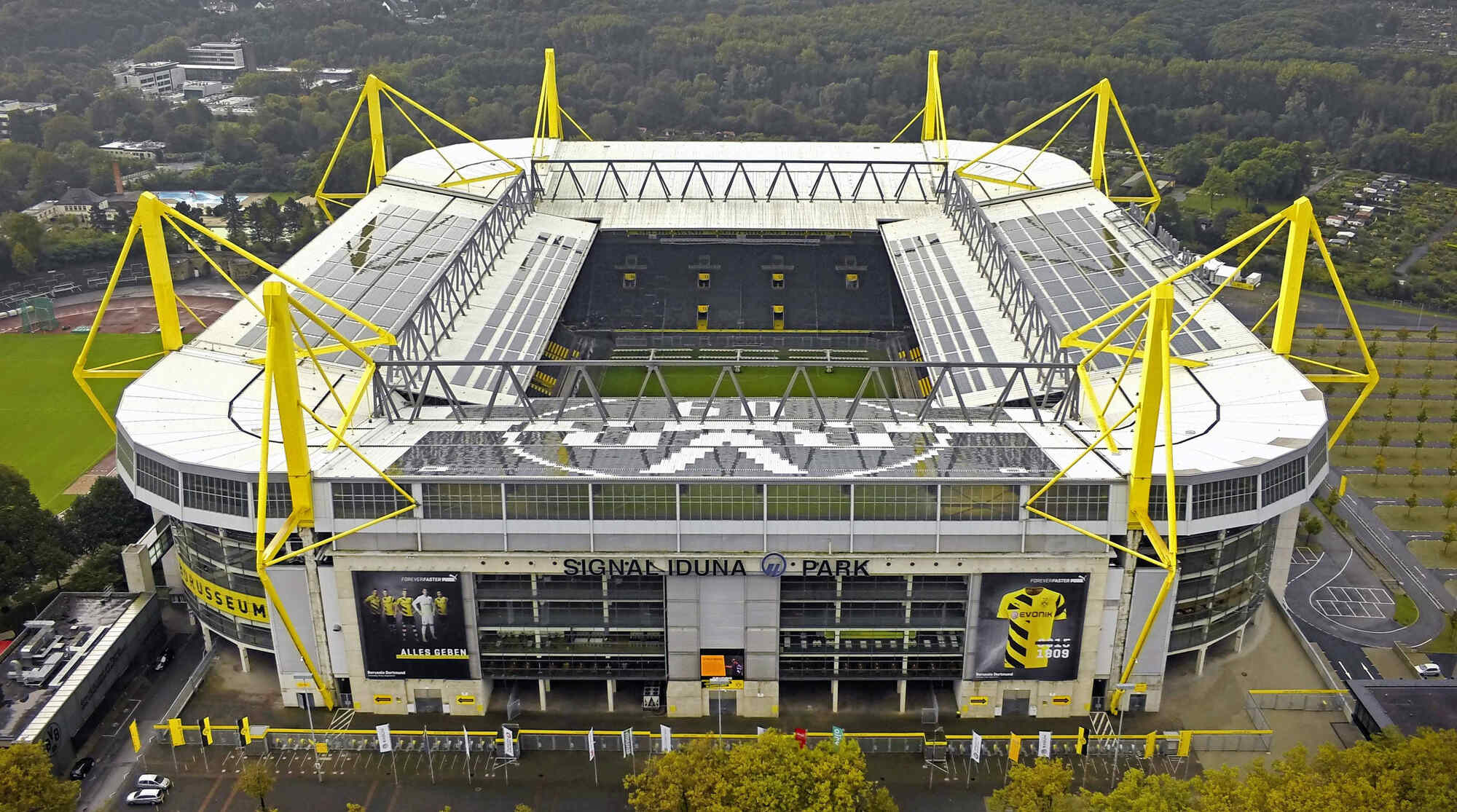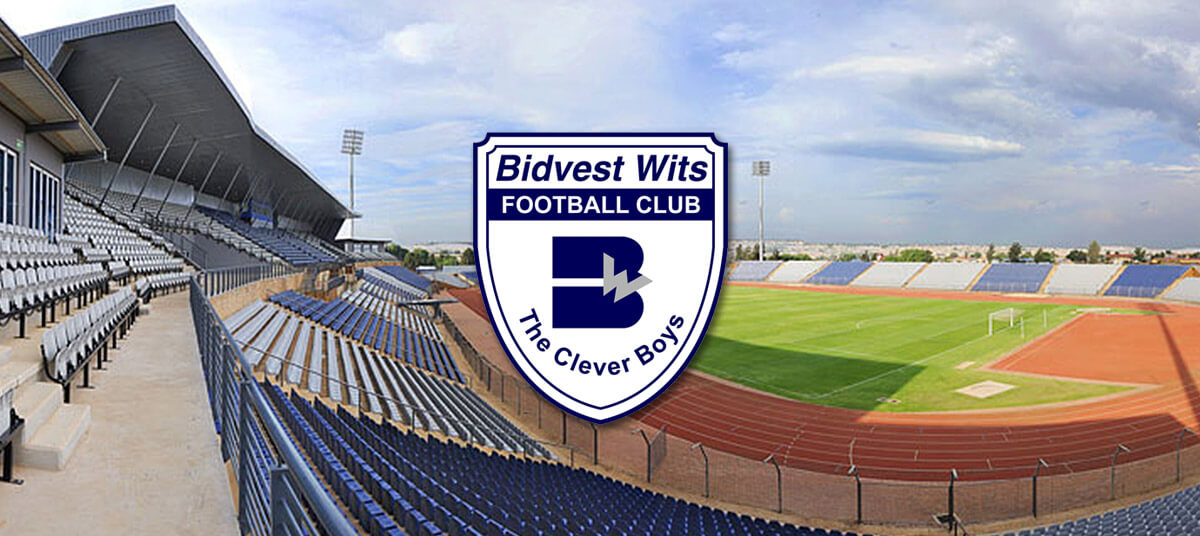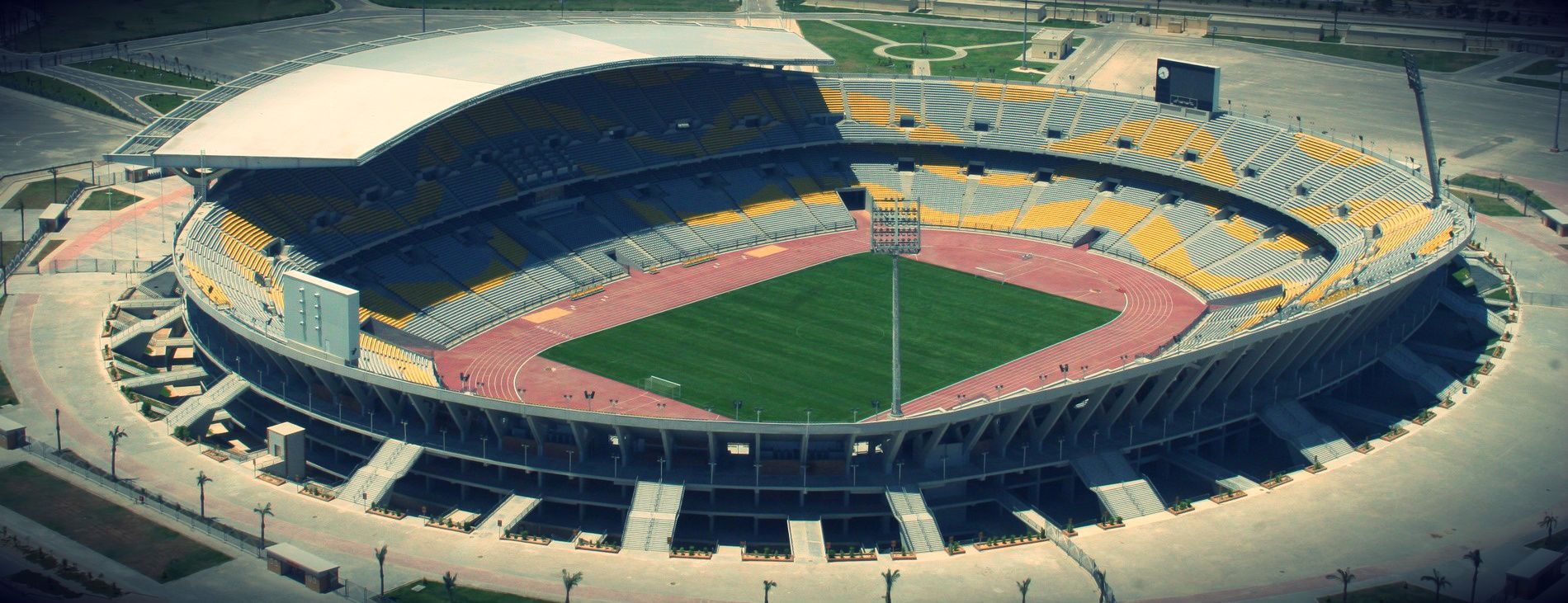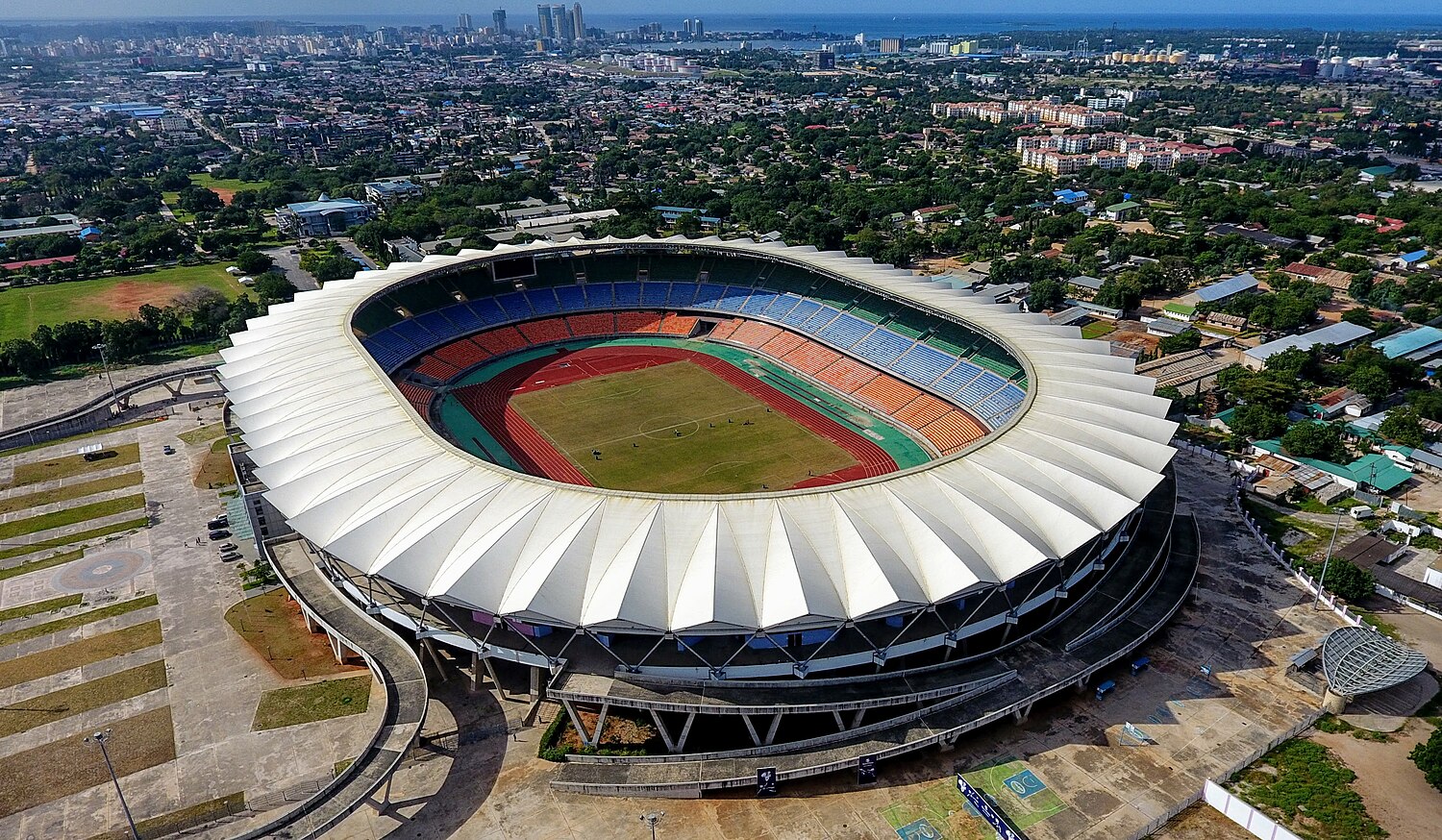Signal Iduna Park, also known as Westfalenstadion, is the home of Borussia Dortmund, one of the most successful football clubs in Germany. The stadium is located in Dortmund, North Rhine-Westphalia, and is known for its iconic and colossal terrace, the Yellow Wall, which stands as the largest terrace for standing spectators in European football. With a seating capacity of 81,365, Signal Iduna Park is one of the most significant football stadiums in Europe.
The history of Signal Iduna Park dates back to April 2, 1974, when the stadium was opened. Since then, the stadium has undergone several renovations and expansions, making it one of the most modern and architecturally stunning stadiums in the world. The stadium has been the heart and soul of Borussia Dortmund since its opening and has played a crucial role in the club’s success over the years.
Key Takeaways
- Signal Iduna Park is the home of Borussia Dortmund, one of the most successful football clubs in Germany.
- Signal Iduna Park is known for its iconic and colossal terrace, the Yellow Wall, which stands as the largest terrace for standing spectators in European football.
- The stadium has undergone several renovations and expansions, making it one of the most modern and architecturally stunning stadiums in the world.
The History of Signal Iduna Park
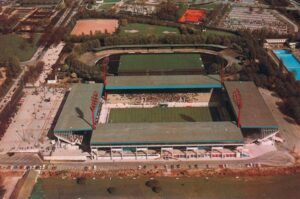
Construction and Inauguration
Signal Iduna Park, formerly known as Westfalenstadion, is a football stadium located in Dortmund, North Rhine-Westphalia, Germany. The construction of the stadium began in 1971 and was completed in 1974, with a total cost of 32 million Deutsche Mark. The stadium was inaugurated on April 2, 1974, with a friendly match between Borussia Dortmund and Schalke 04.
The stadium was initially designed to have a capacity of 54,000 spectators, but it was expanded to 68,000 in 1976 for the 1974 FIFA World Cup. The stadium hosted four matches during the tournament, including the final between West Germany and the Netherlands.
Renovations and Expansions
Signal Iduna Park underwent several renovations and expansions over the years to increase its capacity and improve its facilities. In 1992, the stadium was converted into an all-seater stadium, reducing its capacity to 42,800. However, the capacity was increased again in 1995 to 55,000 after the construction of a new stand.
The stadium underwent a major renovation between 2002 and 2003, which included the construction of a new stand and the expansion of the stadium’s capacity to 83,000. The renovation cost around 48 million euros and was completed in time for the 2006 FIFA World Cup, where the stadium hosted five matches, including the semi-final between Germany and Italy.
Historic Matches
Signal Iduna Park has hosted several historic matches over the years, including the 1997 UEFA Champions League Final between Borussia Dortmund and Juventus, which Borussia Dortmund won 3-1. The stadium has also been the venue for several important matches in the Bundesliga, including the famous Revierderby between Borussia Dortmund and Schalke 04.
One of the most memorable matches in Signal Iduna Park’s history was the 2013 UEFA Champions League quarter-final second leg between Borussia Dortmund and Malaga. Borussia Dortmund scored two goals in injury time to win the match 3-2 and advance to the semi-finals.
In conclusion, Signal Iduna Park has a rich history and has been the venue for several historic matches over the years. The stadium’s expansion and renovations have made it one of the most iconic and largest stadiums in Europe, and it continues to be the home of Borussia Dortmund, one of the most successful football clubs in Germany.
Borussia Dortmund’s Home Advantage
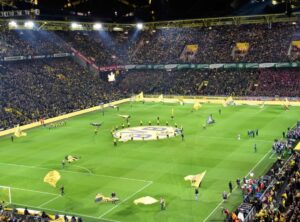
Fan Culture and Support
Borussia Dortmund’s Signal Iduna Park is known for its passionate fan culture and support. The fans are known as the “Yellow Wall” and are considered to be some of the most passionate and dedicated in the world. The stadium’s South Stand, also known as the “Yellow Wall,” is the largest free-standing grandstand in Europe, with a capacity of over 25,000 fans. The fans’ passion and support have been a driving force behind the team’s success over the years.
Record-Breaking Attendance
Signal Iduna Park has a seating capacity of 81,365, making it the largest stadium in Germany and the seventh-largest in Europe. The stadium has been consistently filled to capacity, with an average attendance of over 80,000 fans per game. Borussia Dortmund has broken numerous attendance records over the years, including the highest average attendance in Europe during the 2011-2012 season, with an average of over 80,000 fans per game.
The team’s success at home is a testament to the passion and dedication of the fans, who create an electric atmosphere at Signal Iduna Park. The combination of the team’s on-field success and the fans’ unwavering support has made Signal Iduna Park one of the most feared and respected stadiums in the world.
Architectural Marvel
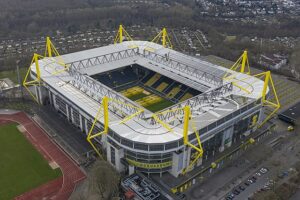
Signal Iduna Park, home of Borussia Dortmund, is a testament to modern stadium architecture. The stadium’s design and features have made it one of the most iconic and awe-inspiring stadiums in the world.
Stadium Design and Features
The stadium was originally built in 1974 and underwent major renovations in 1992 and 2003. The current design of Signal Iduna Park is a horseshoe shape, with the south stand, also known as the “Yellow Wall,” standing out as the most distinctive feature. The stadium has a seating capacity of 81,365, making it the largest stadium in Germany and the sixth-largest stadium in Europe.
The stadium’s roof is supported by a series of steel arches, which give it a unique and modern look. The roof covers all the seats, providing fans with protection from the weather. The stadium’s lighting system is state-of-the-art, with LED lights illuminating the pitch and the stands.
The Yellow Wall: South Stand Significance
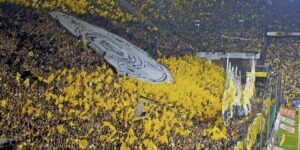
The south stand of Signal Iduna Park, also known as the “Yellow Wall,” is the largest standing terrace in Europe, with a capacity of around 25,000 fans. The stand is named after the color of Borussia Dortmund’s home kit and is a symbol of the club’s passion and pride.
The Yellow Wall is a sight to behold, with fans standing shoulder-to-shoulder, creating an atmosphere that is unmatched in world football. The stand has become a symbol of Borussia Dortmund’s success and is a testament to the club’s passionate fan base.
In conclusion, Signal Iduna Park is an architectural marvel that has become a symbol of Borussia Dortmund’s success and passion. The stadium’s design and features, along with the Yellow Wall, have made it one of the most iconic stadiums in the world.
Frequently Asked Questions
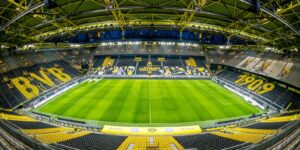
What is the seating capacity of Signal Iduna Park?
Signal Iduna Park is one of the largest football stadiums in Europe, with a seating capacity of 81,365. This impressive stadium is the home ground of Borussia Dortmund, one of the most successful football clubs in Germany.
Can you explain the significance of the Yellow Wall at Signal Iduna Park?
The Yellow Wall, also known as the Südtribüne, is the largest standing terrace for spectators in European football. This iconic feature of Signal Iduna Park is a testament to the passion and dedication of Borussia Dortmund’s fans. The Yellow Wall can accommodate around 25,000 standing spectators, creating an electrifying atmosphere during matches.
What types of events are hosted at Signal Iduna Park besides football matches?
Signal Iduna Park is not only a football stadium but also a venue for various events. The stadium has hosted concerts, trade shows, and other sporting events. The stadium’s versatile design allows for a wide range of events to be hosted throughout the year.
How can I purchase tickets to a Borussia Dortmund game?
Tickets for Borussia Dortmund games can be purchased through the club’s official website. It is recommended to purchase tickets in advance, as games tend to sell out quickly. The club also offers packages that include stadium tours and other exclusive experiences.
Are there guided tours available for Signal Iduna Park, and what do they include?
Yes, guided tours of Signal Iduna Park are available for visitors. These tours provide an in-depth look at the stadium’s history and architecture, as well as behind-the-scenes access to the players’ tunnel and other areas of the stadium. Tours are available in multiple languages and can be booked through the club’s official website.
What makes Signal Iduna Park a must-visit destination for football fans?
Signal Iduna Park is not only a stadium but a symbol of the passion and dedication of Borussia Dortmund’s fans. The electrifying atmosphere created by the Yellow Wall and the club’s success on the pitch make Signal Iduna Park a must-visit destination for football fans around the world.
Other Stadium Articles:
Check Out: Santiago Bernabéu: The Citadel of Galácticos – Real Madrid’s Eternal Home of Football Brilliance
Check Out: Wembley Stadium: Echoes of Glory – A Timeless Icon in London’s Sporting Tapestry
Also Check: Camp Nou: Beholding Barcelona’s Sporting Legacy at a Cathedral of Football Majesty
Also Check: Anfield: Home of Liverpool’s Glorious Legacy – Where Red Dreams Soar
Also See: Unveiling the Magnificence of Moshood Abiola National Stadium: Emblem of Nigerian Splendor
